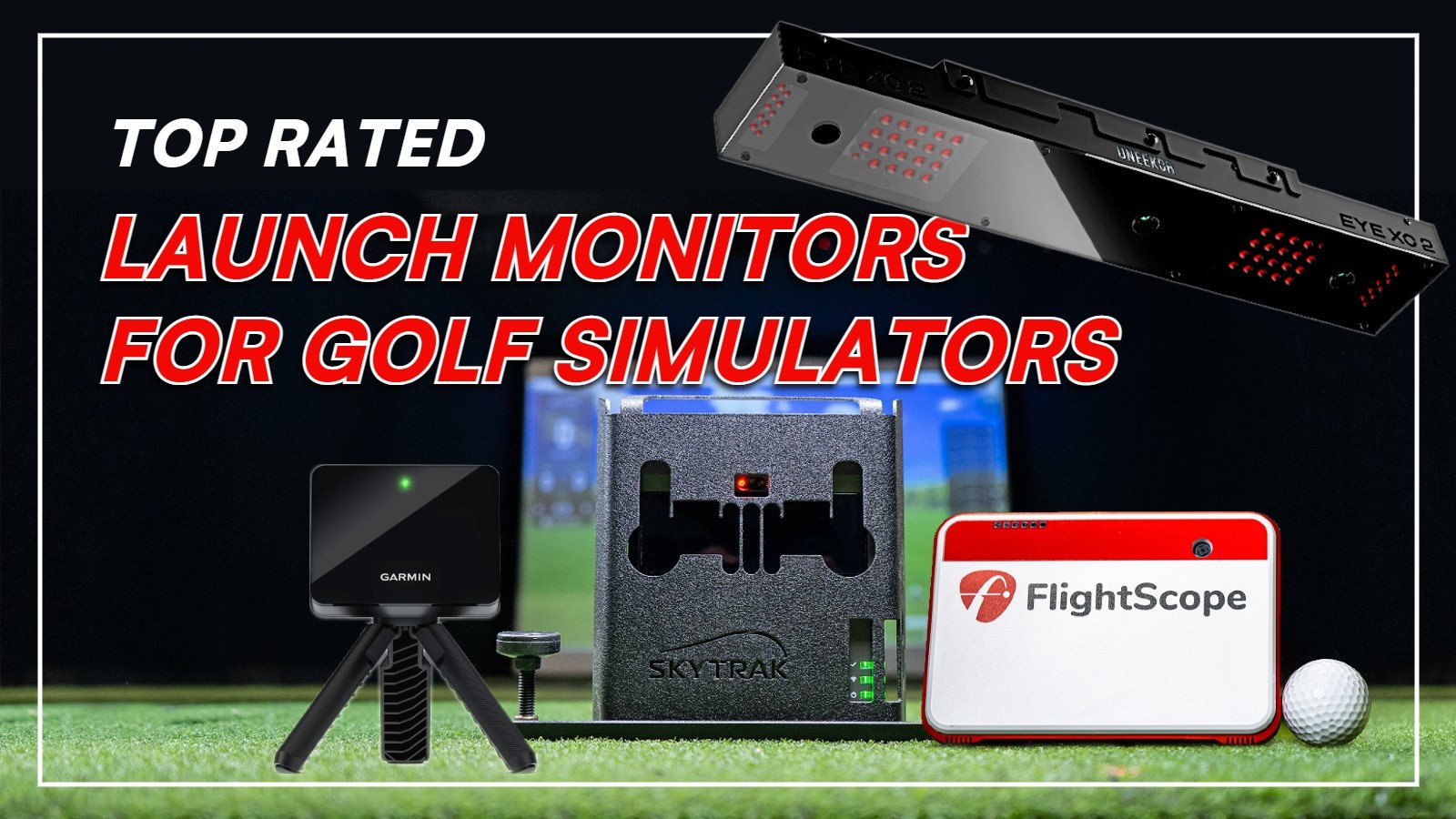Winter in Wisconsin isn’t exactly outdoor golf friendly, so we tested the Garmin Approach R50 indoors against one of the top radar-based launch monitors on the market. Different tech, same test environment. We’ll show you how the R50’s photometric tracking held up indoors when compared to the gold standard of radar-based tracking: the Trackman 4.
Why test a photometric launch monitor against a radar launch monitor?
Photometric launch monitors, like the Garmin R50, use cameras and infrared light to track your shots. We wanted to avoid any infrared interference between the Garmin R50 and another photometric launch monitor, so we used a radar unit. Radar launch monitors use Doppler radar to track the ball, so there’s no signal overlap.
Testing The Garmin R50
Using a Titleist RCT ball to get the best data out of the Trackman 4, we took 10 shots each with a driver, 6-iron, and pitching wedge. Check out the following data to see how a $5,000 launch monitor stacked up against a $25,000 unit.
DRIVER
The Garmin R50 did a solid job tracking driver shots, though it showed a tendency to underestimate carry distance compared to Trackman. The average carry difference was 4.01%, with Trackman reporting slightly longer carries.
- Carry Distance: Garmin R50 averaged 218.4 yards, while Trackman clocked in at 226 yards.
- Ball Speed: Very close, with only a 0.82% difference—Garmin at 146.6 mph, Trackman at 146.4 mph.
- Spin Rates: The biggest discrepancy, averaging a 7.27% difference, with Garmin generally reporting slightly higher spin. If you check shot 9, the spin numbers were way different and likely skewed this number a bit higher.
 6 Iron
6 Iron
With the 6-iron, the differences narrowed a little bit.
- Carry Distance: Garmin averaged 175.5 yards, Trackman 181 yards (just a 3.14% difference).
- Ball Speed: Only a 0.72% variance, with Garmin tracking slightly slower speeds.
- Spin: 1.18% difference, meaning the R50 stayed relatively close to Trackman’s spin calculations.
 Pitching Wedge
Pitching Wedge
In most of our testing, short irons and wedges tend to be the most accurate for most launch monitors. The R50 was no different and kept up well:
- Carry Distance: Garmin 126.41 yards, Trackman 128.5 yards (1.65% difference).
- Ball Speed: Almost identical (0.15% difference).
- Spin: The R50 overestimated spin by 0.79% on average.

Indoor Conclusion
While it may not match Trackman 4 down to the decimal, the Garmin R50 delivers exceptional value for indoor golfers, particularly those seeking an affordable yet reliable home simulator.
It holds its own in key metrics like ball speed and short iron performance while maintaining reasonable accuracy for carry distance and spin. Who knows? Maybe the Garmin R50, being a photometric launch monitor, is more accurate indoors. We’ll know more once we test it at the range outside.
But for everyday golfers looking to improve their game without spending premium dollars, the R50 is an impressive and practical choice.
Outdoor Range Test Content Coming Soon...

 6 Iron
6 Iron Pitching Wedge
Pitching Wedge